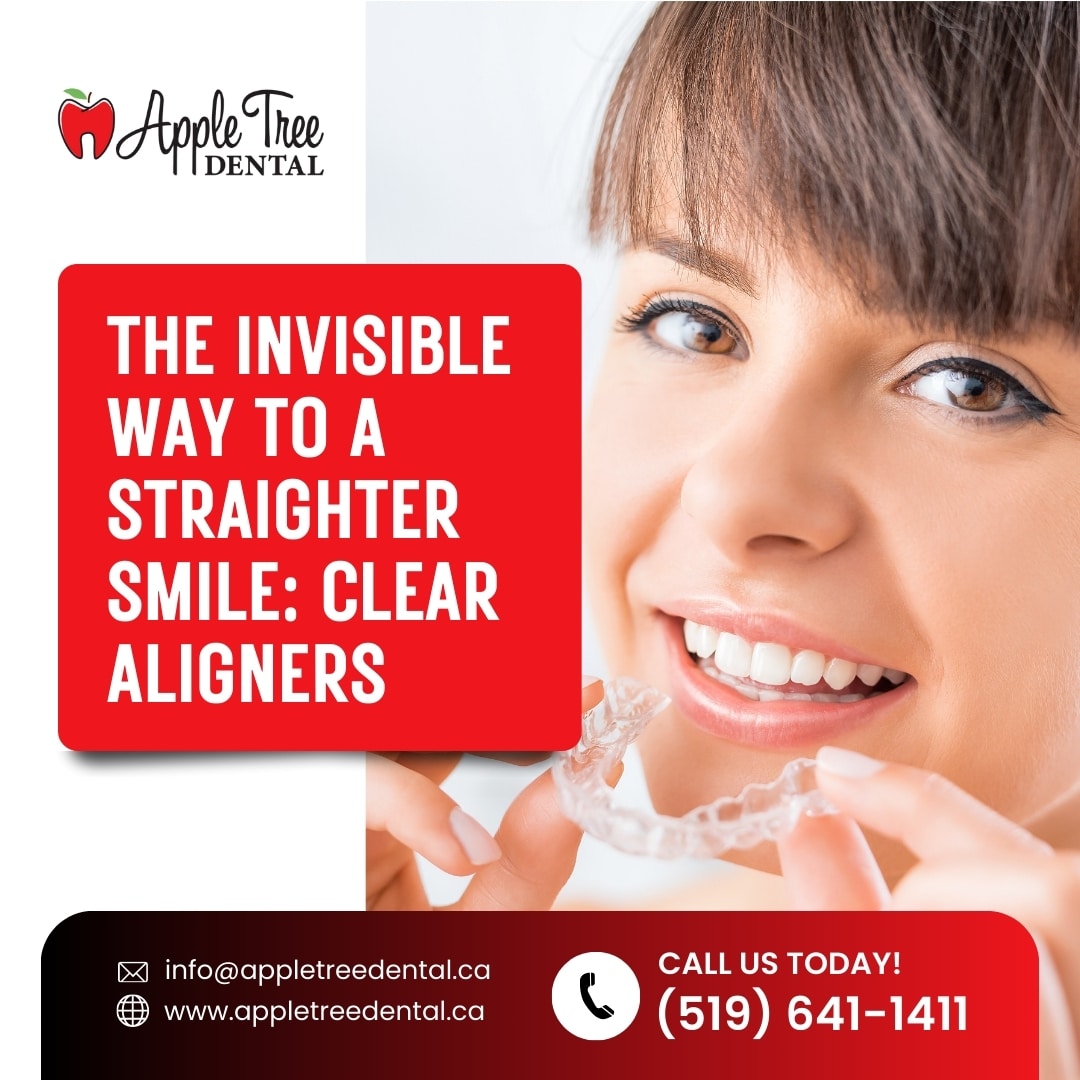Blog
Consequences Of Poor Dental Hygiene And Unhealthy Teeth
Introduction:
Dental hygiene matters the most because it excels your overall personality. Unhealthy teeth damage your internal as well as external appearance.
We’ve put together this content that explains the Consequences Of Poor Dental Hygiene And Unhealthy Teeth. Be aware and take care of your teeth.
[1]You’ve heard that classic ditty that talks about your bones, right? Your toe bone is connected to your foot bone, which is connected to your heel bone, and so forth. While that speaks to your skeletal system, your entire body is interconnected similarly. What this means in dental terms is that your dental health can affect your overall health. While a cavity may not affect your endocrine system, severe gum disease could impact your health well beyond your mouth. Note how your oral health can affect your well-being below and what you can do about it today.
[2]Facts About Dental And Oral Health
Dental cavities and gum disease are very common. According to the World Health Organization Trusted Source:
- Between 60 and 90 percent of school children have at least one dental cavity
- Nearly 100 percent of adults have at least one dental cavity
- Between 15 and 20 percent of adults ages 35 to 44 have severe gum disease
- About 30 percent of people around the world ages 65 to 74 don’t have any natural teeth left
- In most countries, out of every 100,000 people, there are between 1 and 10 cases of oral cancer
- The burden of oral disease is much higher in poor or disadvantaged population groups
There are many steps you can take to keep your teeth healthy. For example, dental and oral disease can be greatly reduced by:
- Brushing your teeth with fluoride toothpaste at least twice a day
- Flossing your teeth at least once a day
- Decreasing your intake of sugar
- Eating a diet high in fruits and vegetables
- Avoiding tobacco products
- Drinking fluoridated water
- Seeking professional dental care
[3]Oral Health Conditions
Oral health refers to the health of the teeth, gums, and the entire oral-facial system that allows us to smile, speak and chew. Some of the most common diseases that impact our oral health include cavities (tooth decay), gum (periodontal) disease, and oral cancer.
More than 40% of adults report having felt pain in their mouth within the last year, and more than 80% of people will have had at least one cavity by age 34. The nation spends more than $124 billion on costs related to dental care each year. On average, over 34 million school hours and more than $45 billion in productivity are lost each year as a result of dental emergencies requiring unplanned care.
Oral conditions are frequently considered separate from other chronic conditions, but these are actually interrelated. Poor oral health is associated with other chronic diseases such as diabetes and heart disease. The oral disease also is associated with risk behaviors such as using tobacco and consuming sugary foods and beverages.
Public health strategies such as community water fluoridation and school sealant programs are safe and effective interventions proven to prevent cavities and save money.
Cavities (Tooth Decay)
Cavities are caused by a breakdown of the tooth enamel by acids produced by bacteria located in plaque that collects on teeth, especially along the gum line and in the crevices on the chewing surfaces of the teeth. Eating and drinking foods high in carbohydrates cause this bacteria to produce the acids that can cause the outer coating of the tooth (enamel) or root surface to break down (demineralize).
Although cavities are largely preventable, they are one of the most common chronic diseases throughout their lifespan. Untreated tooth decay can lead to an abscess (a severe infection) under the gums which can spread to other parts of the body and have serious, and in rare cases fatal, results.
More than half of children aged 6 to 8 have had a cavity in at least one of their baby (primary) teeth.
- Up to 10% of children aged 2 to 5 have untreated cavities.
- More than half of adolescents aged 12 to 19 have had a cavity in at least one of their permanent teeth.
- One-quarter of adults aged 20 to 64 have untreated cavities.
- More than 90% of adults have had a cavity.
- Community water fluoridation and school dental sealants programs are both cost-saving, proven strategies to prevent cavities.
Gum (Periodontal) Disease
About 4 in 10 adults aged 30 years or older had gum (periodontal) diseases in 2009–2014.5 Gum disease is mainly the result of infections and inflammation of the gums and bone that surround and support the teeth. Certain chronic conditions increase one’s risk for periodontal disease including diabetes, a weakened immune system, poor oral hygiene, and heredity. Tobacco use is also an important risk factor for gum disease. If early forms of periodontal diseases are not treated, the bone that supports the teeth can be lost, and the gums can become infected. Teeth with little bone support can become loose and may eventually have to be extracted.
Oral Cancer
In 2016, there were nearly 45,000 new cases of cancer of the oral cavity and pharynx diagnosed in the United States and more than 10,000 deaths. The 5-year survival rate for these cancers is about 61 percent. The mortality rate from oral cancer is nearly three times as high in males as it is in females (4 vs 1.4 for every 100,000 people) and nearly twice as high in white and black populations as it is in the Hispanic population (2.6 vs. 1.5 for every 100,000 people).6 Preventing high-risk behaviors, that include cigarette, cigar, or pipe smoking, use of smokeless tobacco, and excessive use of alcohol are critical in preventing oral cancers. Early detection is key to increasing the survival rate for these cancers.
Oral Human Papilloma Virus (HPV), the most common sexually transmitted disease, can cause cancers in the back of the throat, called “oropharyngeal cancers.” More research is needed to determine whether HPV itself causes oropharyngeal cancers, or if other factors (such as smoking or chewing tobacco) interact with HPV to cause these cancers.
Conclusion:
The content explains all the scenarios related to poor dental hygiene and unhealthy teeth. All the possible ways are explained but never bound yourself. Keep looking for the best suggestions for your good oral health.
For Assistance, Visit https://appletreedental.ca/
Article compiled by https://appletreedental.ca/
Article Reference Links:







